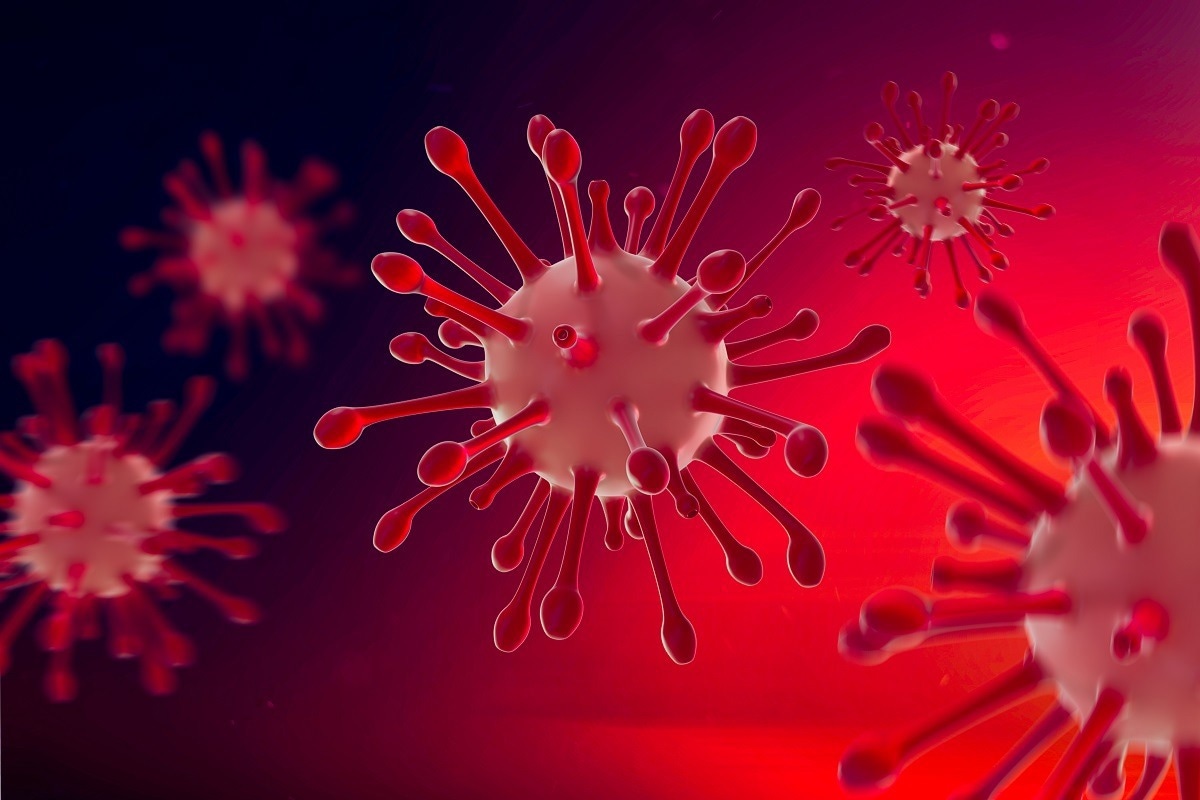In a recent study published in the Journal of Clinical Investigation, a team of Stanford researchers evaluated the incidence of long coronavirus disease (long COVID) in a demographically diverse population with different disease severities to inform clinicians and future vaccine development strategies.
 Study: Anti-nucleocapsid antibody levels and pulmonary comorbid conditions are linked to post–COVID-19 syndrome. Image Credit: MIA Studio/Shutterstock
Study: Anti-nucleocapsid antibody levels and pulmonary comorbid conditions are linked to post–COVID-19 syndrome. Image Credit: MIA Studio/Shutterstock
Background
Studies have documented detailed accounts of prolonged symptoms following COVID 2019 (COVID-19). However, predictors of recurrent and persistent COVID-19 symptoms and their variations across different ethnic groups remain unknown.
About the study
In the present yearlong study, researchers monitored 617 individuals diagnosed with COVID-19 at Stanford Health Care between March 2020 and February 2021 every one to three months from their initial infection for up to one year. The researchers inquired about their COVID-19 symptoms via a survey every three, five, seven, and 30 days after initial diagnosis. They arranged follow-up visits at every one-to-three month intervals to collect nasal swabs and blood samples from the participants to measure their serum antibody levels to SARS-CoV-2 proteins.
The researchers used the terminologies, time to first symptom resolution (TTFR) and time to sustained symptom resolution (TTSR) to delineate between the first resolution of COVID-19–related symptoms and their resolution without recurrence for at least one month, an aspect never examined in previous studies.
Regarding ethnicity, ~44% of the study participants were Hispanic, 2% were Black, and 16% and 31% were Asian Americans and White, respectively. Only 578 of 617 participants experienced mild to severe COVID-19 symptoms, and 351 were hospitalized. Although most study participants were not vaccinated, 30 had received a two-dose regimen of a messenger ribonucleic acid (mRNA)-based vaccine during the study period. Also, 16 patients died during the study period.
Study findings
While 40% of the study participants reported recurrent COVID-19 symptoms six months after diagnosis, four of 21 had persistent symptoms for up to one year after diagnosis. The researchers observed no significant difference in the duration of symptoms among individuals with severe and mild disease. Pre-existing lung disease prolonged symptoms after infection, whereas higher anti-nucleocapsid (N) immunoglobulin G (IgG) in the first week of SARS-CoV-2 reverse transcriptase-polymerase chain reaction (RT-PCR) positivity was associated with a shorter TTSR. In 90% of the study participants, antibodies to SARS-CoV-2 persisted for up to nine months after diagnosis. However, antiviral treatment, including remdesivir, had no effect on TTSR.
At the time of the first COVID-19 diagnosis, the most common symptoms included cough, nausea, vomiting, fever, and shortness of breath. After three and six months of initial COVID-19 diagnosis, 57.5% and 40% of participants reported persistent symptoms, respectively. Within six months of diagnosis, only 42 of 105 people remained in the study and experienced a minimum of one persistent symptom – most commonly fatigue, headache, or body ache. The number of participants was reduced to 21 within a year of diagnosis, of which only four experienced a persistent cough, a loss of taste or smell, fatigue, congestion, body aches or headache, and even chills or fever for up to a year.
Intriguingly, several participants, especially those with moderate to the severe first episode of COVID-19, had recurrent symptoms after initial symptom resolution, with headache, cough, fatigue, and shortness of breath as the most frequent recurring symptoms.
We found that high levels of antibody to the viral N protein during the first week of infection were associated with a shorter time to sustained resolution of symptoms. Conversely, people with a history of lung disease took longer to see their symptoms resolve completely.”
Xiaolin Jia, MD, Assistant Professor of Medicine, Stanford University
Conclusions
The current study identified additional features predictive of long-COVID. First, they found an association between pre-existing lung diseases, including asthma and chronic obstructive pulmonary disease (COPD), with a longer TTFR and TTSR. Second, there was a trend towards longer TTFR and TTSR in a subset of participants with prolonged antigen positivity after two months. However, a novel revelation of the current study was that higher anti-N IgG levels at initial COVID-19 diagnosis were associated with faster symptom resolution. Previous studies have shown that SARS-CoV-2 N protein is far more conserved than its other structural proteins, including spike (S) protein, and elicits broad-based cellular immune responses. Together, this data makes the N protein an invaluable target in vaccine development against SARS-CoV-2.
The study findings also showed that anti-N antibody levels might be an independent clinical predictor of COVID-19 symptom duration. Over 90% of individuals in the study cohort had positive IgG nine months after diagnosis and no recurrent COVID-19 symptoms, confirming the previous findings that antibodies provide prolonged protection against COVID-19 after the initial illness. Future studies should further characterize the predictors of long COVID in larger-cohort studies to expand the current findings.